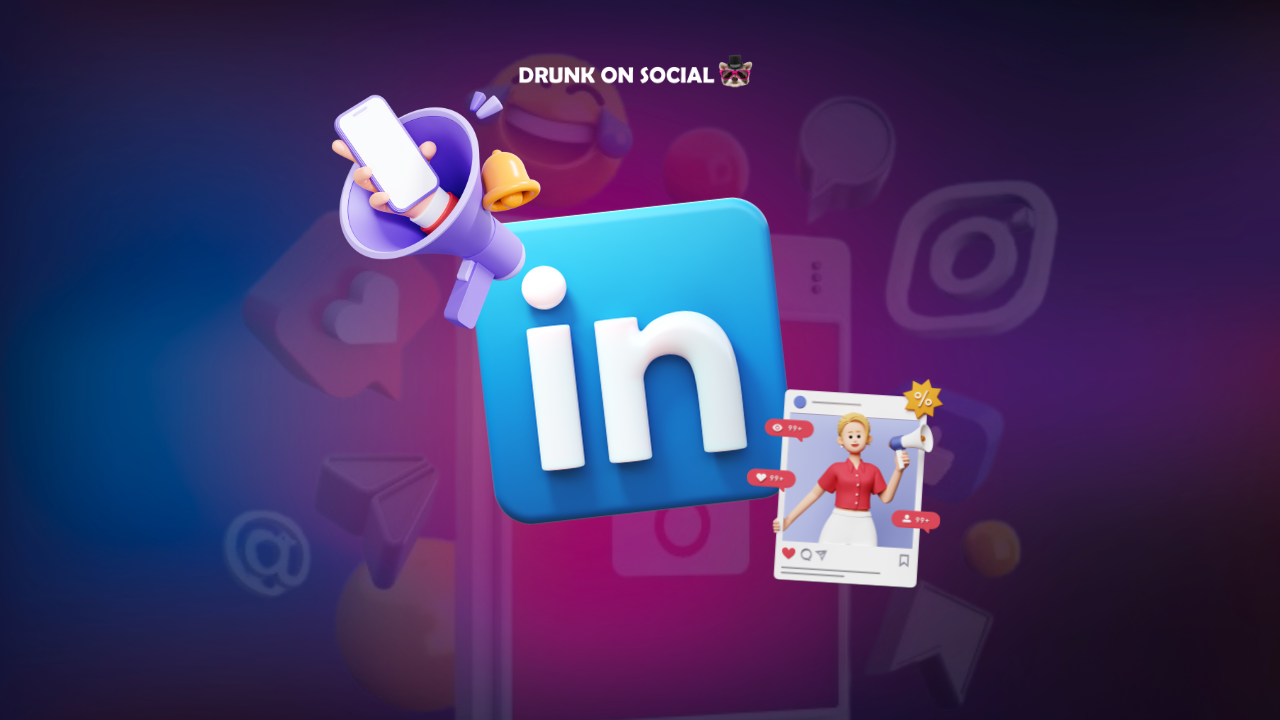Unlocking the Potential of LinkedIn Groups: A Dive into Public Group Posts Distribution
LinkedIn, once the bastion of vibrant group interactions, saw its groups decline as spammers and scammers inundated the platform. However, amidst this decline, LinkedIn is hinting at a potential revival with its focus on public groups.
Unlike their predecessors, public groups offer visibility to both members and non-members alike. This shift aims to foster transparency and accessibility, potentially reigniting interest in LinkedIn groups.
LinkedIn’s recent overview highlights the evolution of its Groups product, with public groups showing promising results. A 35% increase in daily contributors and a 10% rise in group joins signal a positive shift in engagement dynamics.
The decision to make groups public enables users to glimpse into conversations, enticing them to join and participate. This increased visibility, combined with strategic distribution algorithms, enhances the reach and impact of group posts.
By setting the distribution of public group posts to the main feed, LinkedIn ensures broader exposure, tapping into members’ networks and connections. This strategic dissemination encourages interaction and amplifies the group’s influence.
Moreover, the exclusivity of commenting within the group adds allure, prompting individuals to become active members to engage fully. This exclusivity fosters a sense of belonging and encourages meaningful discussions within the community.
Despite past challenges, LinkedIn continues to refine its group policies and functionalities to create a more engaging environment. The platform’s efforts to combat spam and enhance user experience indicate a renewed commitment to revitalizing group interactions.
For existing group administrators, transitioning to a public model could yield significant benefits. However, success hinges on robust moderation and a clearly defined group purpose to maintain relevance and coherence.
While skepticism may linger from past experiences, the evolving landscape of LinkedIn groups presents opportunities worth exploring. The potential for meaningful connections and discussions within public groups may reignite interest and redefine their role within the LinkedIn ecosystem.
In conclusion, LinkedIn’s venture into public groups signifies a step towards revitalizing community engagement on the platform. By leveraging transparency, strategic distribution, and exclusivity, LinkedIn aims to reignite interest in groups and foster meaningful interactions among professionals.
For further insights into LinkedIn’s latest public group updates, visit [here](https://www.linkedin.com/).


